Filters are a very important part of almost all the processes that involve air, water, and other types of media. You need to filter out the impurities and pass on the clean media to the required areas. One such device where a filter is required for sure is an air compressor.
Because they are used to provide compressed air to the required machines, the air quality must be very clean and of stringent parameters to ensure the destined devices do not have any disturbances in their operation. In this post, we will have a look at the filters used in air compressors.
What is an air compressor?
First of all, let us understand what an air compressor is. Take a simple valve that has a small opening and needs to be cleaned on a regular basis through air. The normal ambient air that we breathe cannot be used to clean, because it has a vast area and you cannot even feel the pressure. To pass the air through such a small area, you will require a very high pressure of air at a corresponding high velocity. This task is done through an air compressor.
An air compressor is a device that compresses the air through a very small cross-sectional area and increases its speed to a very high velocity. By this, you get high-speed compressed air that can be used for cleaning this valve as mentioned. It is very similar to a water sprinkler that we use in bathrooms for our use, as that too provides jet spray-like water at a very high speed.
Because compressed air is used in critical machine devices and processes, you need to ensure that any dirt or impurities do not enter them (like oil, carbon, nitrogen, moisture, and dust). Otherwise, it can cause damage to them in the long run. So, for this reason, we use filters in the compressor before passing the final air to the required device.

How does a filter in an air compressor work?
Air filters majorly work on the principle of gravitational force and molecular weight. The compressed air enters the inlet of the filter and meets the deflector. A deflector is a fan type spiral device, which quickly rotates the air throughout the filter. Due to this, the air hits the inside walls of the filter.
During this course, the impurities which are heavier in molecular weight hit the walls due to the centrifugal force by the deflector. This causes them to settle down below the filter. The lighter compressed air, without any impurities now, goes upwards and passes from outside the outlet.
So actually, the air flows like a cyclone inside the filter and this removes the impurities from the air. The ignored particles get accumulated in the filter bowl below and must be cleaned on a frequent basis, before making it clogged.
The compressor filter can clear particles of very small microns, thinner than a human hair (one micron means 0.001 millimeters).
Types of compressed air filters
The main types of compressed air filters are listed here.
- Activated carbon filter
- Coalescing filter
- Particulate filter
Activated carbon filter
Similar to ACF used in water treatment plants, the carbon filter can also be used inside the compressor filter. Because carbon has the property to bind with many molecules, it can stick such impure molecules on its surface and allow only clean air to pass.
An activated carbon filter (ACF) is mainly used for impurities like oil vapor, odor gases, gaseous contaminants, and chemical fumes. You can see that complex impurities can be easily bonded with carbon thus allowing clean air to pass through it.
Coalescing filter
The Coalescing filter is used to remove moisture from the air, thus allowing dew-free air to pass from the outlet. When the term moisture is used, it can also be used to remove aerosols (collection of microscopic particles that are suspended in a gas).
It is also called a water separator. A major bulk of debris from the air can be removed, even down to 10 microns.
Particulate filter
Particulate filters are very similar to membranes used in water treatment plants. It uses thin membrane filters that allow only clean air to pass and remove impurities from the same. This filter can remove thin impurities like dirt, clogs, particles, and dust easily.
We can use all three filters in one single compressor. Depending on the design usually, particulate filters come first before entering the compressor, then comes carbon filter and coalescing filter after the compressor. So generally, the most common contaminants found in the air are dust, liquid (water), vapor, aerosol, oils, and gases. According to the air quality that you have, the corresponding design needs to be chosen.
In this way, we saw the types of filters used in air compressors.
Read Next:
- HVAC Chiller Maintenance
- Instrument Air System Design
- HVAC Refrigeration Cycle
- Lubrication Control System
- Oil Separator HVAC System
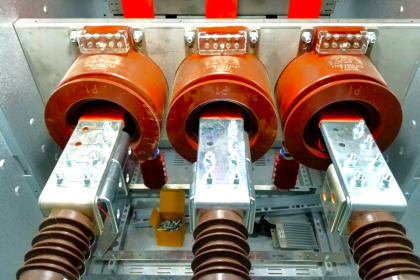

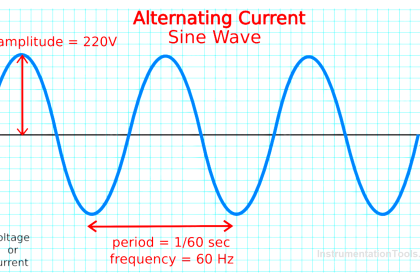
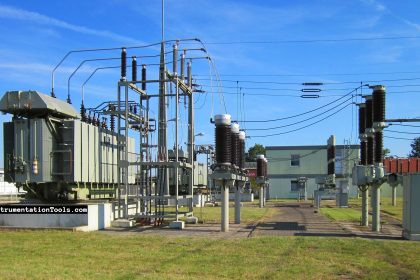
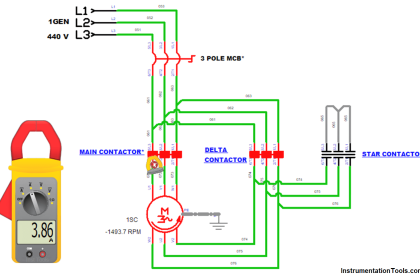
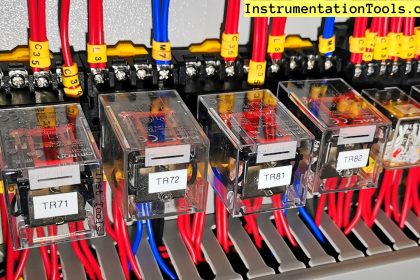
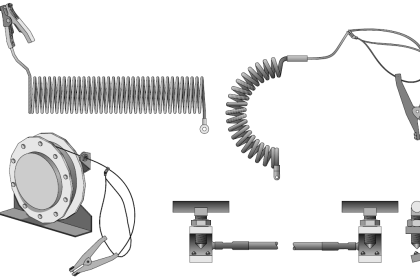
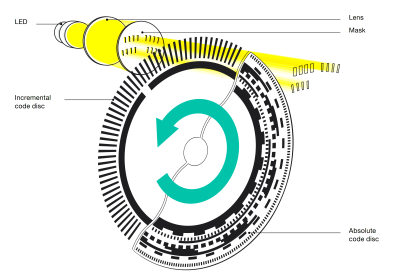
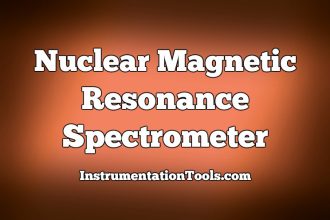
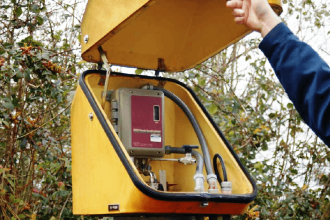
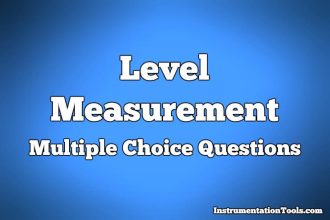

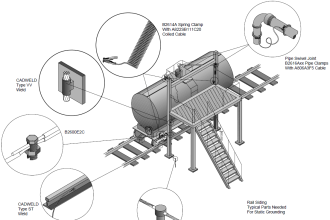
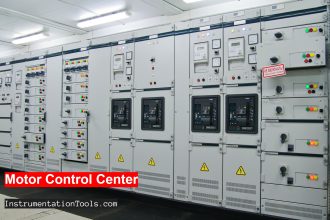
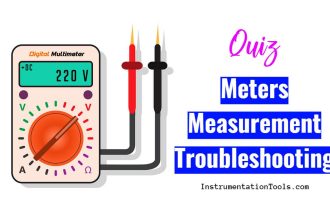
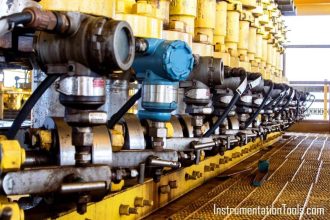

Merci beaucoup.c’est instructif ce cours.